If you’re flying to Europe in the coming weeks, and you’ve been watching in dismay as flooding increases and temperatures plummet to new lows as early as October, you may be wondering whether you can still salvage your idyllic European fall trip.
In your place, we wouldn’t be heading to Northerly destinations like London, Paris or Amsterdam, unless you don’t mind the sudden blast of cold air and the gloomy skies––instead, we’d be heading to this gorgeous city in the south of Spain instead:
As hot as 80 degrees in the off-season, and offering $5 tapas and other cheap eats, Seville is the perfect sun-drenched cultural getaway this season.
Summer-High Temps As Late As October
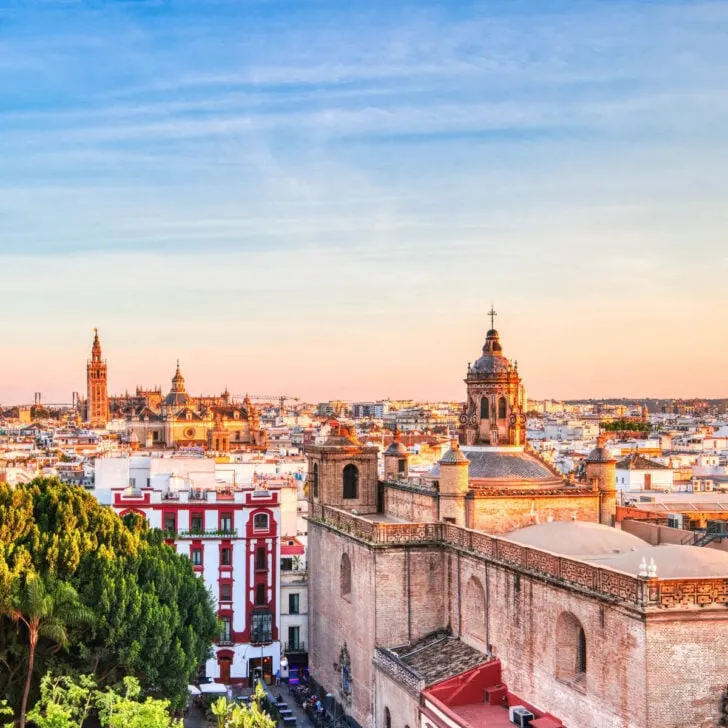
It is the capital of Andalusia, a region in Spain well-known for its scorching-hot summers, when temperatures reach 100 degrees on most days, and considerably-warm fall period, with very little rain, no dying leaves, and plenty of daylight to be enjoyed still.
Andalusia may line both the Mediterranean and the Atlantic, but Seville itself isn’t coastal, lying some 57 miles inland, but unlike the up-and-coming Huelva, and the bustling resort cities of Malaga and Marbella, it’s not somewhere you go for beaches.
Seville is all about the culture instead:
Beautiful Cultural Sights To Admire
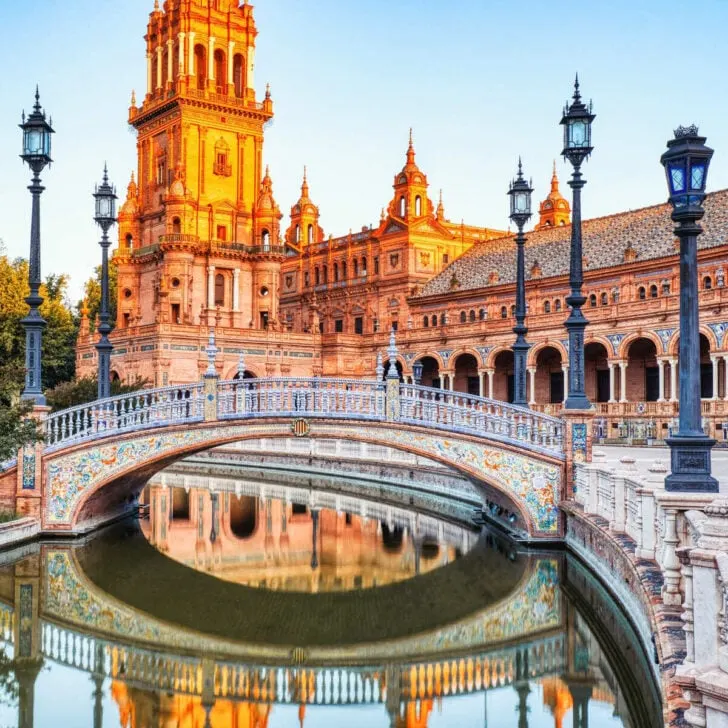
It is one of Spain’s oldest, and most historically-significant cities, and throughout its approximate 2,200 years of existence, it has seen the passage of numerous civilizations, from the Phoenicians, to the Romans, to Muslim caliphates originating from North Africa.
It plays host to the most famous public square in Spain, namely Plaza de España, a semi-circle lining a small navigable canal spanned by ornate bridges and enclosed by a palatial complex that combines Moorish (relating to North Africa), Baroque and Renaissance elements.
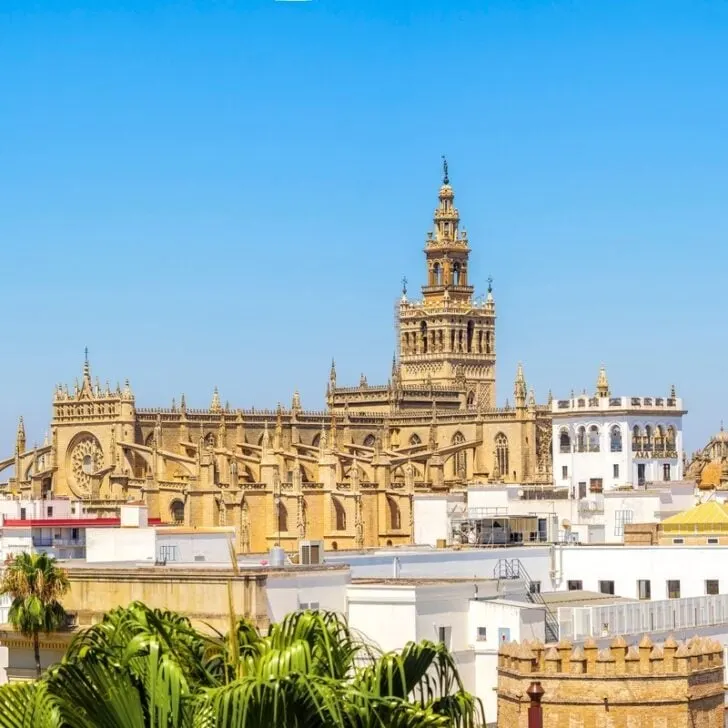
Towering over the pedestrian-friendly historic center, the Cathedral of Saint Mary of the See is the largest of Seville’s many churches and the most richly decorated.
It originally existed as a mosque in the Arab years before assuming its Gothic, Christian character.
La Giralda, the surviving minaret of said mosque, now serves as the cathedral’s bell tower, and alongside the nearby General Archive of the Indies and the Royal Alcazar, a citadel built by Islamic invaders in the 10th-century, it forms a UNESCO-protected architectural ensemble.
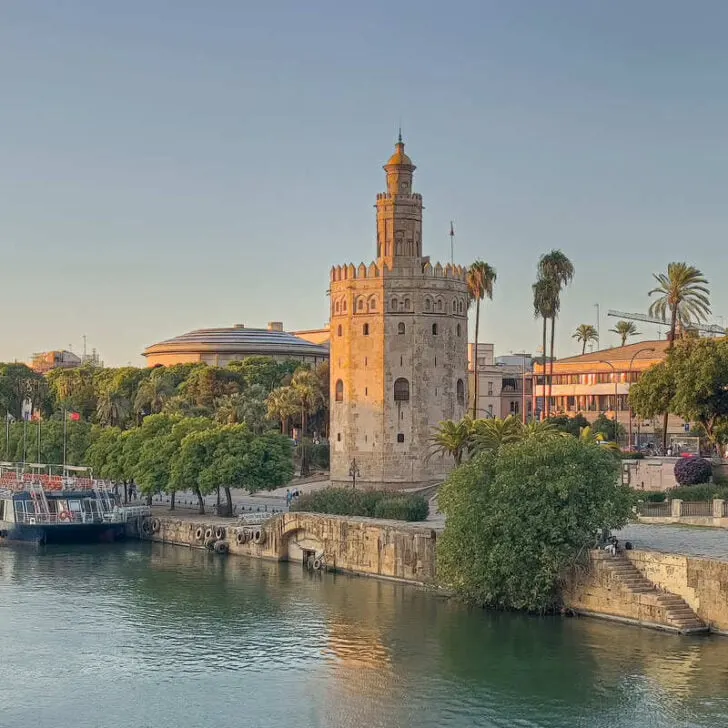
On the banks of the scenic Guadalquivir River, you’ll find a medieval Torre del Oro and landmark Triana Bridge, linking the city center to the namesake, colorful district across the water, full with affordable restaurants and casual tapas bars.
Seville Is More Affordable Than Barcelona, Madrid
Speaking of affordability, Seville is one of the most budget-friendly picks in Spain this season, with lower-than-average prices observed for accommodation, transportation and even food, when compared to other popular tourism hotspots like Barcelona or Madrid.

Salmorejo, a creamy, olive oil-heavy tomato soup will cost you from $6 as a starter, empanadas in local bars can be as cheap as $5, and a full meal, be it carrillada de cerdo or the Moroccan-inspired, chickpea-based Andalusian couscous will set you back by roughly $16 in most restaurants.
One of our favorites is La Parrala, in the heart of Triana: great value for money if you’re looking to sample traditional Andaluz cuisine, though we wouldn’t turn down dinners at the Mediterranean-style Victoria 8, either, with main dishes starting from an affordable $13.40.
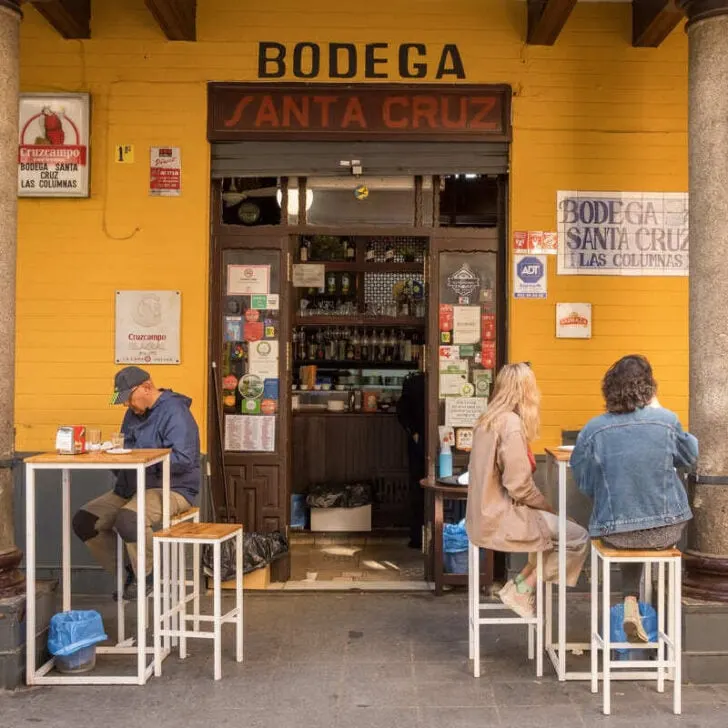
According to Budget Your Trip estimates, room rates in Seville average $127 a night, against Barcelona’s wallet-wiping $212, and tourists typically spend $20 on daily transportation.
We’re not sure how, considering the overall walkability and the 3-day, $11.10 travel card granting unlimited access to all bus and tram lines within city boundaries, but then again, we’re not usually taking Ubers to commute in Europe.
Unique Fun Things To Do In Seville
Looking for a couple of unique, quirky things to do while in Seville?
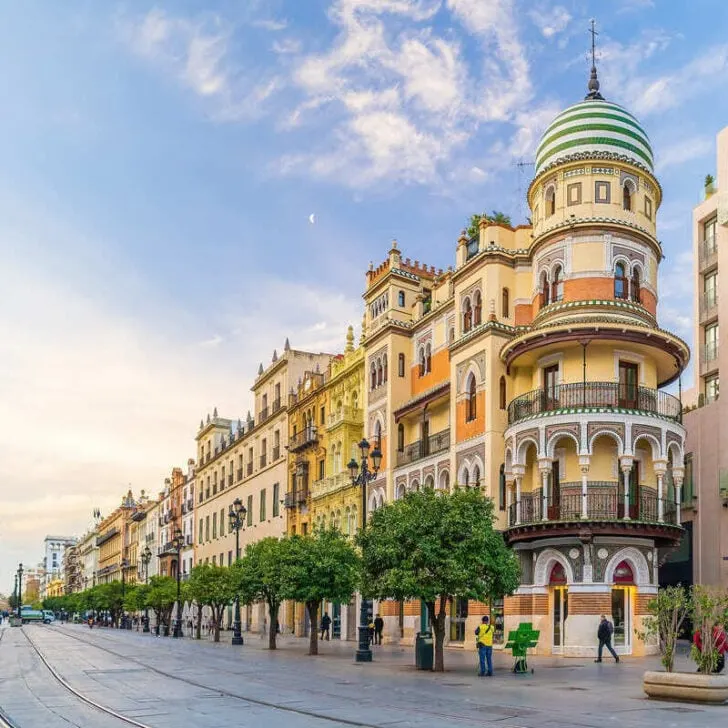
Did you know, for instance, that the 1990s Latin hit Macarena was, well, named after a Sevillan district? The pop and dance duo Los del Río hail from Seville originally, and Macarena’s numerous cozy, hidden bars and art galleries are sure to keep the Bohemian reveler in you entertained.
Alternatively, if you’re a History buff, you can check out the Roman ruins resting at the feet of the iconic Setas de Sevilla––you know, the funny-looking, mushroom-shaped metallic structure Instagrammers climb for aesthetically-pleasing pictures?
Right at the bottom, you can visit the remnants of the Roman colony that preceded the modern city, with exposed mosaics and partially-preserved houses dating back to the 1st-century AD––let us rephrase that, they’re over 2,000 years old!
Credit: Source link

